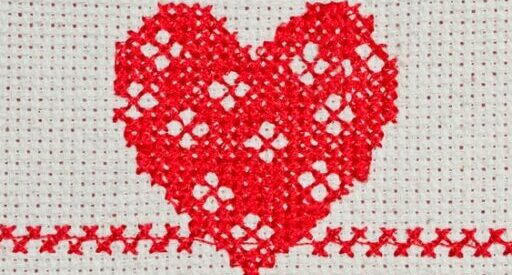Joann Fabrics Wasteful Liquidation Practices Spark Outrage Among Customers
Joann Fabrics locations are closing across the country, but that’s not the only thing getting people talking. Troubling reports have surfaced about how the company is handling liquidation, especially when it comes to sewing patterns.
Community crafters and environmental advocates are pretty upset. The way Joann’s is tossing out patterns brings up big questions about retail waste and its impact on the environment.
It’s hard to ignore, especially now, when sustainability feels more important than ever.
Table of Contents
The Issue: Wasteful Disposal of Sewing Patterns
Not long ago, a Reddit user shared a story from their local Joann Fabrics. They saw employees throwing sewing patterns into rolling garbage cans.
When the user asked about it, an employee said liquidators told them to keep only a handful of patterns and toss the rest. Apparently, they weren’t allowed to donate or heavily discount them.
That’s a lot of wasted material. It’s a missed chance for community members who could’ve used those patterns instead of seeing them head straight to a landfill.
Community Reaction
The Reddit post took off fast. People jumped into the comments, calling the situation “shameful for everyone participating in that kind of waste.”
Plenty of folks see sewing as a sustainable, creative way to repair or upcycle clothes, so the waste stings all the more. The practice cuts against the values of mindful consumption and waste reduction that so many crafters care about.
Corporate Responsibility and Sustainability
Joann Fabrics announced earlier this year that it would close about 500 stores nationwide after filing for Chapter 11 bankruptcy protection. The company later said it would shut down all its remaining locations.
In its 2023 corporate responsibility impact report, Joann Fabrics claimed it was focused on “a sustainable and responsible future.” They said they wanted to “reduce our environmental footprint and have a lasting, positive impact on the communities where we do business.”
But when you see patterns being thrown out by the cartful, it’s hard not to notice the gap between the company’s promises and what’s actually happening on the ground.
Examples of Responsible Retail Practices
Some retailers do things differently. Companies like REI and Patagonia run solid reuse and recycling programs.
These programs don’t just cut waste—they give back to the community. Organizations like Waste Management Sustainability Services also partner with retailers to create custom waste reduction strategies during closures and liquidations.
What Can Shoppers Do?
If you’re a shopper worried about retail waste, you’ve got options. Here are some ways to help:
- Ask store managers about donation options when you spot clearance items that might otherwise get tossed.
- Contact corporate headquarters to share your concerns about wasteful practices.
- Attend organized craft swaps to help keep supplies out of landfills.
- Look for secondhand supplies, online pattern exchanges, and PDF patterns to cut down on physical waste.
Conclusion
The situation at Joann Fabrics really highlights some troubling realities about retail waste. It’s hard not to notice the environmental impact when you look closer.
Sure, the company says it’s committed to sustainability. But honestly, its liquidation practices seem to tell another story.
We, as consumers and community members, actually have some power here. If we speak up, maybe we can push for more responsible practices and less waste.
If you’re curious or want to dig deeper, check out the full article on The Cool Down.

